
It is intuitively obvious that most enterprises are want to embrace the public cloud, and they do not want to have a sole source of their cloudy compute, storage, and networking.
We talk to the big tech companies all the time about this, including Cisco Systems, Hewlett Packard Enterprise, IBM, Dell EMC, Nutanix, and Red Hat, and companies also want their on-premises setups to look and feel like their public cloud setups, with a mix of containers and virtual machines. Some don’t want to put all their data and applications into the hands of a single public cloud providers in case something goes wrong with the service, some want to run particular workloads on the cloud infrastructure that runs them best, or some don’t want to put their test/dev or production environments on the same cloud. Many organizations can point to applications they would rather keep behind their firewalls.
Whatever the reason, organizations are definitely adopting a multicloud strategy, which given their disparate needs and the emerging workloads that involve artificial intelligence (AI), machine learning, data analytics, virtual and augmented reality or any other number of modern technologies, makes sense. Amazon Web Services, Microsoft Azure, Google Cloud Platform, and others are making it easier for businesses to leverage their clouds and run such compute-intensive workloads. Now tech vendors are working to find ways to make it easier for organizations to move their workloads between public clouds and between public clouds and on-premises environments. Containers and Kubernetes have helped ease the challenges, but more needs to be done.
According to Dell EMC, an important step is creating an operating environment that is consistent across public and private clouds, noting the growing trend among enterprises to move workloads and data from one environment to another.
“We’re seeing a large shift of applications that were born in the cloud starting to be repatriated back,” Sam Grocott, senior vice president of marketing for Dell EMC Infrastructure Solutions Group (ISG), said during an online press conference before the kickoff to VMworld 2018 this week in Las Vegas. “Customers really need to plan not only for a multicloud world but a world where workloads are going to be dynamic, going on- and off-prem seamlessly and change over time.”
Enterprises need a consistent operating model that includes not only hardware and software but also services, “whether it’s accelerating the development and certification of products faster and the ability to test with a multiple cloud provider before you deploy your application. And then there are regulatory requirements and data sovereignty requirements. The most important benefit of having a consistent operating environment is that they’re able to evaluate the application that is right for each cloud and them move it back and forth without having to change the operating environment.”
When Dell bought storage giant EMC (and therefore most of VMware) nearly three years ago for $67 billion, the vision by Michael Dell and others with the vendor was of a massive company that was able to leverage the myriad businesses under the same umbrella to give customers more complete offerings in a wide range of areas, including the cloud. Dell EMC has followed that path, combining its compute, storage and networking offerings with technologies from other Dell Technologies companies like Virtustream and Pivotal to build out a cloud platform strategy that stretches from the public cloud into core datacenters.
In the same vein at VMworld show this week, Dell EMC is tightening it relationship with VMware to roll out a range of new and enhanced cloud offerings. On the infrastructure and platform front, including the VxRail hyperconverged infrastructure (HCI) solutions that were developed in conjunction with VMware. The solution will now support new releases of VMware software within 30 days of their announcement and VMware Validated Designs (VVD) for VxRail include offerings for stretched clusters and multi-site deployments. In addition, Dell EMC is unveiling its Network Fabric Design Center to enable customers to optimize the networking in their hyperconverged infrastructure solutions.
Dell EMC is introducing a new VxRail solution, the VxRail G560, a 2U offering that includes 1.75 times the number of processing cores than its predecessors, with two times the processing power and four times the memory.
The company’s VxRack SDDC (software-defined datacenter), a pre-integrated HCI offering based on Intel-based PowerEdge servers, is designed to help customers quickly set up a VMware Cloud Foundation environment, will more closely align with VxRail options, including the storage-dense S Series.
Dell EMC is now making its Cloud Snapshot Manager backup and recovery product for public clouds available on Azure to go along with VMware and AWS, and is bulking up the latest version of its Data Domain Virtual Edition with support for the KVM hypervisor along with VMware and Hyper-V and expanded capacity from 60 TB to 96 TB. Regarding the CloudIQ product for monitoring and addressing the health of storage products, Dell EMC is now expanding support for five Dell EMC storage platforms, including PowerMax, VMax and ExtremeIO, more tightly integrating the product with VMware offerings and offering a mobile app for Apple and Android smartphone users.
The company is looking to expand the reach of its Elastic Cloud Storage object storage offering into the midsize enterprise market by enabling customers to start as small as 60 TB, about an 80 percent reduction in storage capacity from what is offered now, according to Grocott.
Dell EMC is in a highly competitive environment when it comes to support for multicloud deployments, but according to Grocott, the alignment of Dell EMC with other Dell Technologies company is an asset.
“We have a unified view across VMware, Dell and the other members of the Dell Technologies family where we’re really looking at and studying when [customers] move to multicloud,” he said. “The multicloud is on various dimensions. It’s obvious that not all of their eggs are going to be in one basket. It can be in an on-prem cloud, it can be in a service provider cloud, it can be in a public cloud; it’s typically not going to be in one. It also speaks to the multiple types of clouds that we’re going to see customers deploy, so there isn’t just one way to do multiple clouds from an infrastructure standpoint or from an application standpoint. That’s why we’re really looking at VMware and Pivotal to deliver
that can be turnkey and integrated and appliances that can have that connective tissue into those multiple clouds. Or there some that really like to build their own and leverage their own infrastructure and enable that to speak to multiple clouds without having that be a turnkey appliance. The key differentiator we see going forward above all that is that consistent operating model experience. That’s where we can differentiate us from any of the competition out there. It’s a connected experience, so that the learning curve is near zero.”
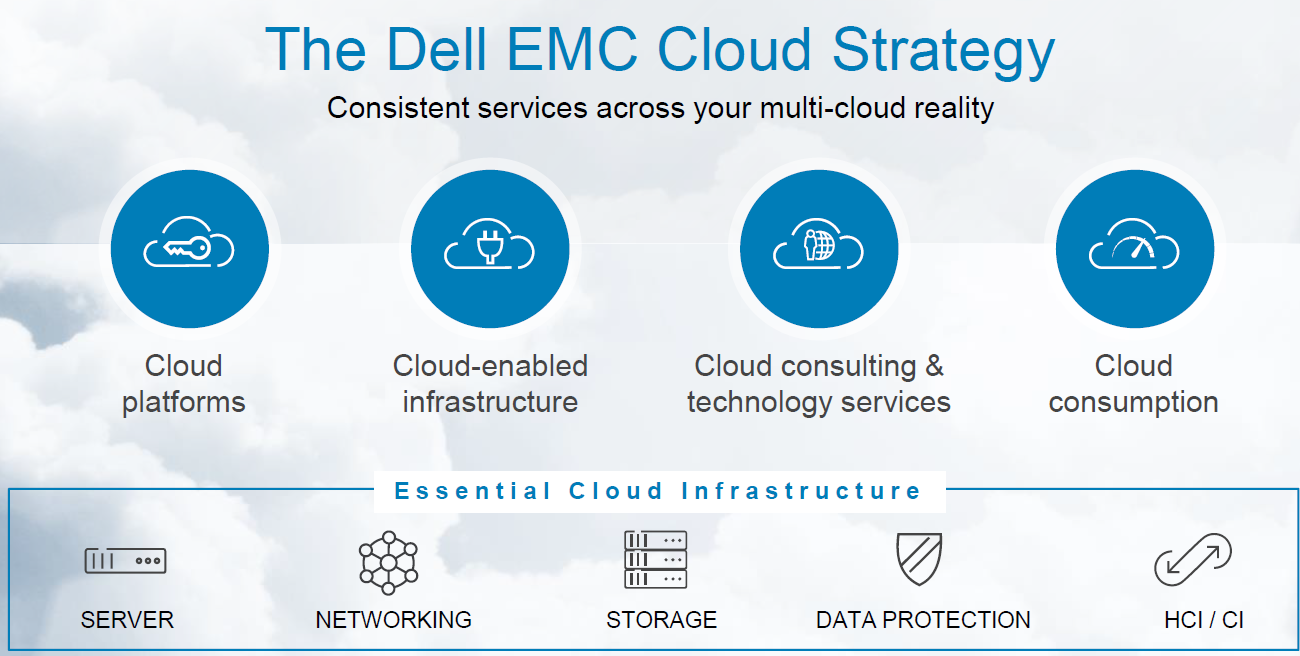
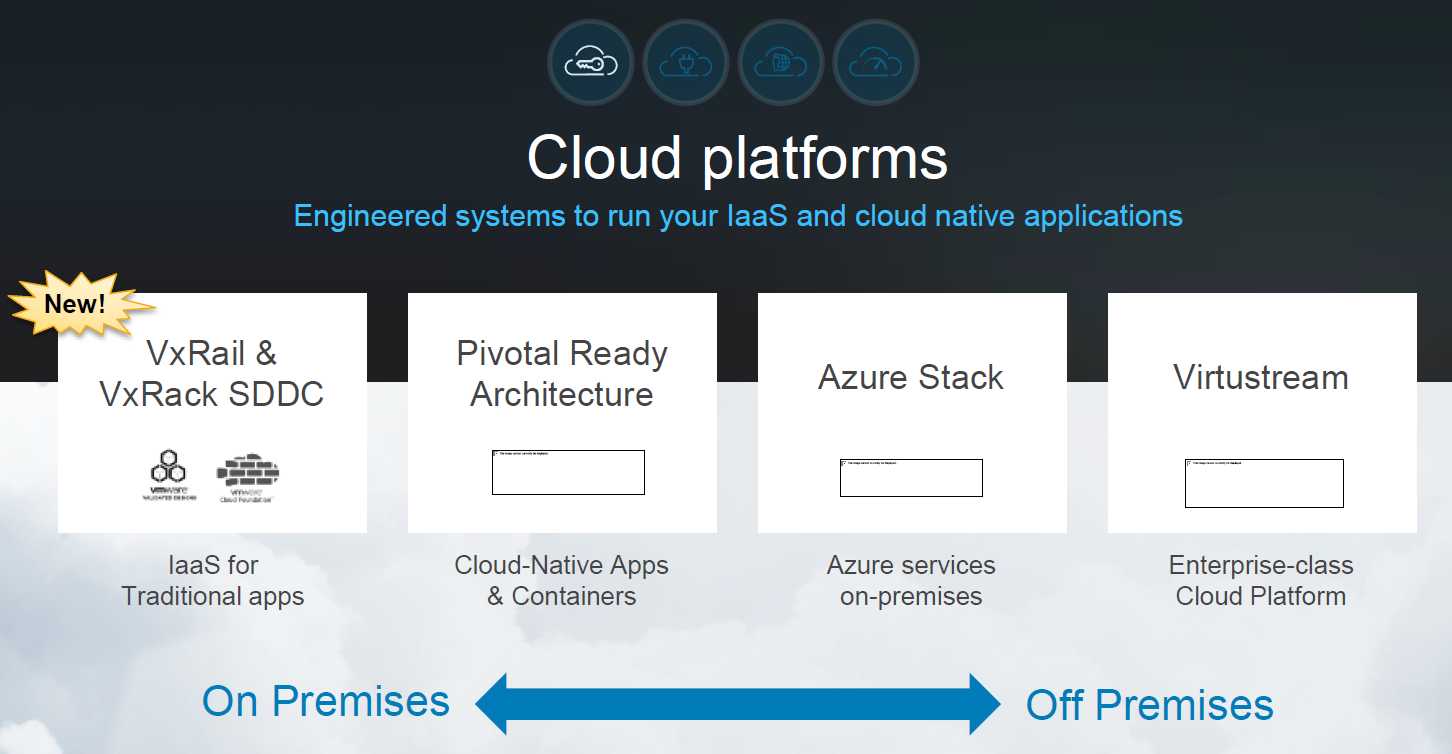
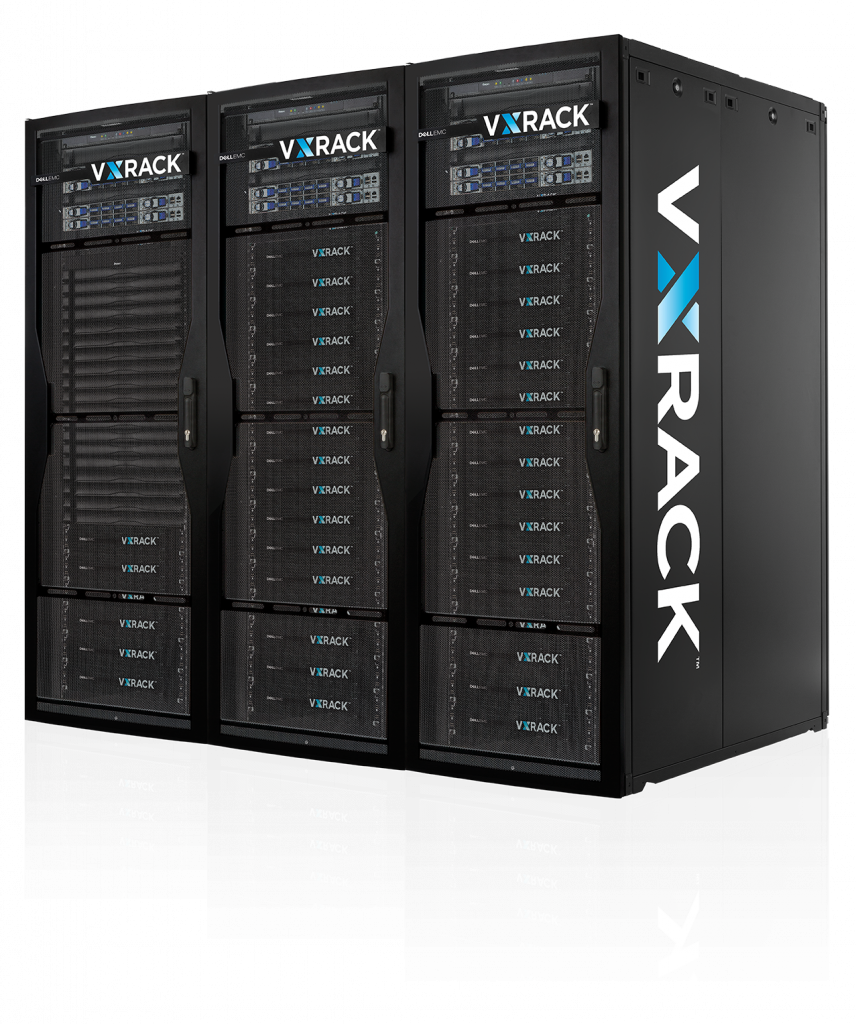

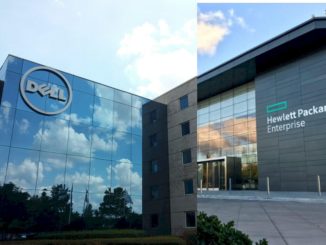
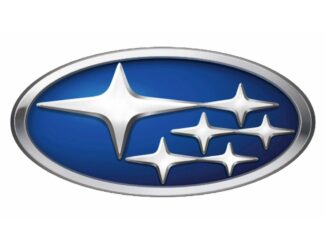

Be the first to comment